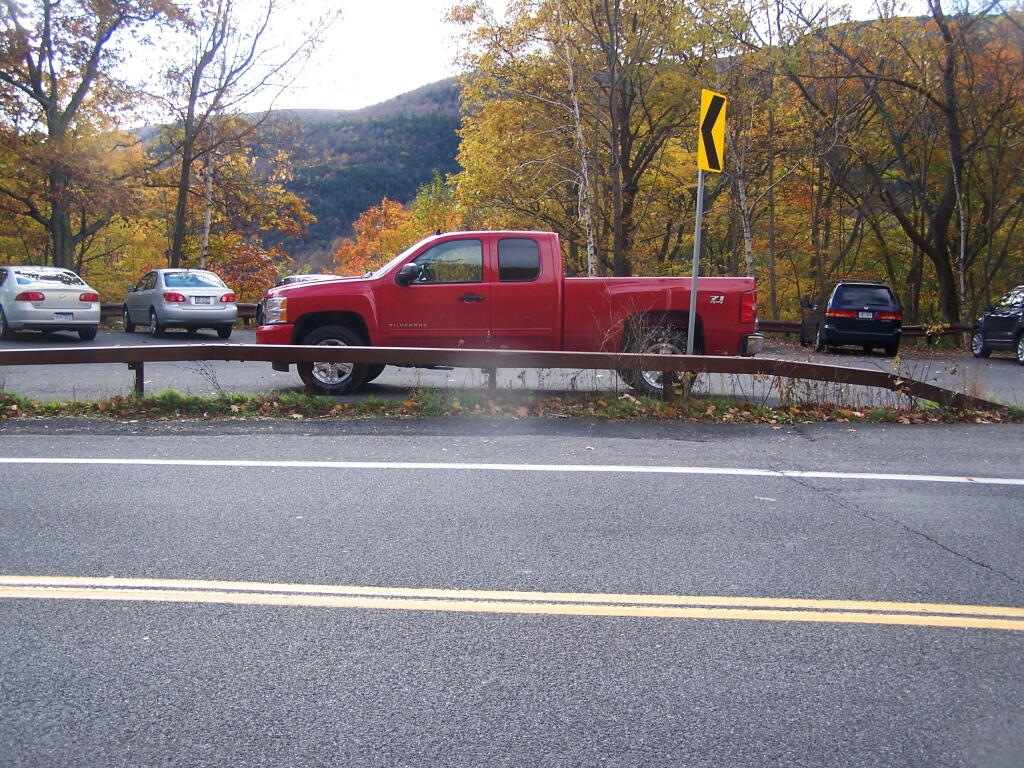CONQUEST, N.Y. – Imagine every inch of the New York State Fair covered with solar panels. Now double it. That’s the size of a solar farm that developers hope to build in Cayuga County.
The proposed facility in the rural town of Conquest would contain hundreds of thousands of solar panels spread across 2,000 acres, or more than three square miles.
A 200 MW nameplate solar farm on 2,000 acres of land is absurd compared to what can be done with fossil plants with a much lower environmental impact. Burning natural gas produces carbon dioxide, but the impact on the climate is small compared to the vast industrial impacts of solar.
Maybe there an upside to President Trump blocking New York from tinkering with it's ISO rules to ensure that solar farms have access to the grid. If he's re-elected, projects like this might be forever stillborn, as nobody will finance a power plant where there is no guaranteed market for the power produced.
One hundred years ago, the United States had a public transportation system that was the envy of the world. Today, outside a few major urban centers, it is barely on life support. Even in New York City, subway ridership is well below its 1946 peak. Annual per capita transit trips in the U.S. plummeted from 115.8 in 1950 to 36.1 in 1970, where they have roughly remained since, even as population has grown.
This has not happened in much of the rest of the world. While a decline in transit use in the face of fierce competition from the private automobile throughout the 20th century was inevitable, near-total collapse was not. At the turn of the 20th century, when transit companies’ only competition were the legs of a person or a horse, they worked reasonably well, even if they faced challenges. Once cars arrived, nearly every U.S. transit agency slashed service to cut costs, instead of improving service to stay competitive. This drove even more riders away, producing a vicious cycle that led to the point where today, few Americans with a viable alternative ride buses or trains.
Tree of life: the iconic Celtic image likely depicts an oak tree, a food producer for animals and humans alike in protein-rich acorns. The tree of diversity: 450 to 600 species occur worldwide, depending on classification, as oaks easily hybridize. North America is an oak biodiversity hotspot with at least 220 species, the majority of which grow in Mexico. In Appalachia, about a dozen different oak species are found in various habitats.
These prominent trees have helped to shape culture, diet and ecosystems across the world, yet are facing significant threats to their ability to thrive. Today, oaks are struggling to regenerate, and diseases spreading in the West and Midwest could bring ecological devastation if they take root in Appalachia.
Nearly 250 years ago, a group of white men gathered in a house in Massachusetts to draft a document on independence aimed at the British crown. A woman who was enslaved in the house overheard the discussion, and determined the words applied to her, too.
Bett, who was later called Mumbet, was born enslaved south of Albany, N.Y., around 1742. In her teens Bett was brought to the home of John and Hannah Ashley, in Sheffield, Mass., where she cleaned, cooked and served the family.
In the upstairs study in January 1773, John Ashley and 10 other men gathered to write what became known as the Sheffield Resolves.
 The area that is now the Kaaterskill Falls Parking Area once was the Rip Lookout Point Motel.
The area that is now the Kaaterskill Falls Parking Area once was the Rip Lookout Point Motel.




